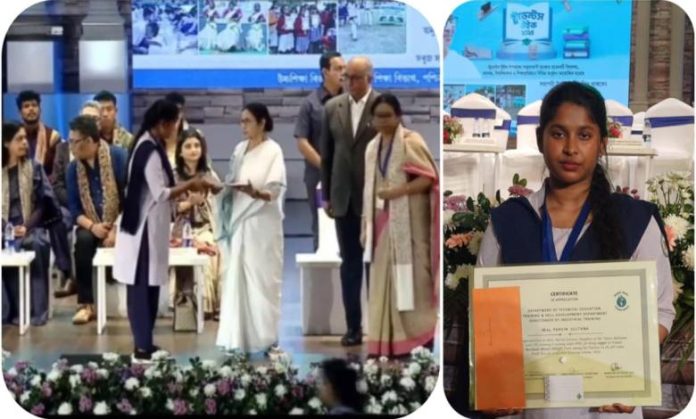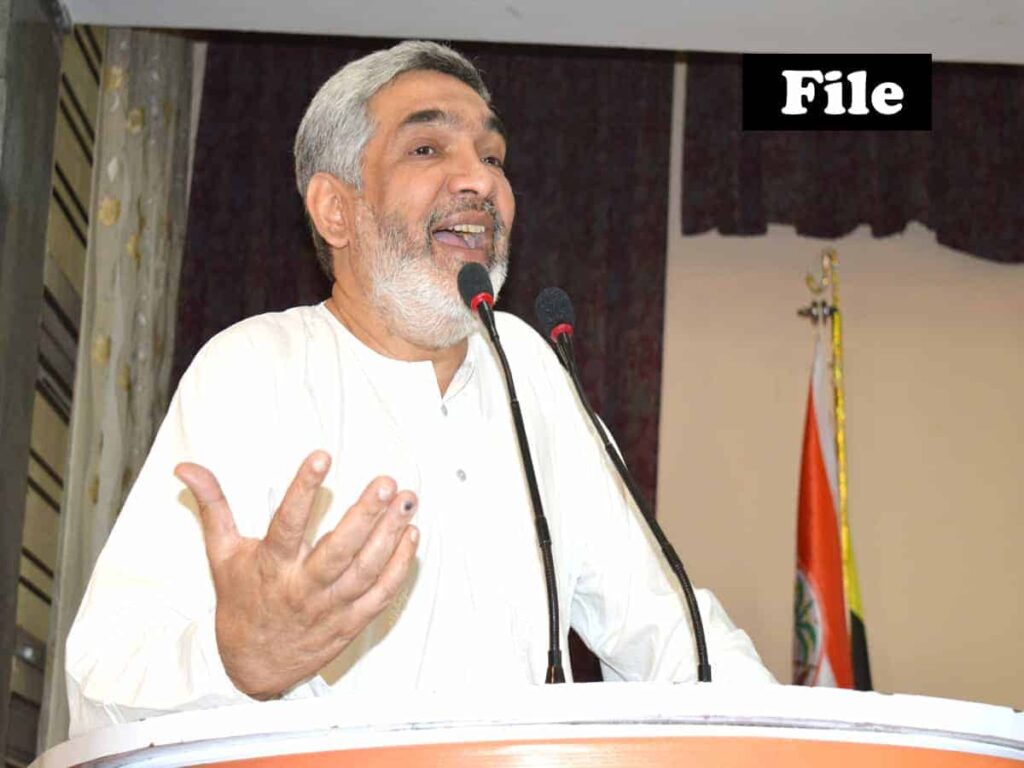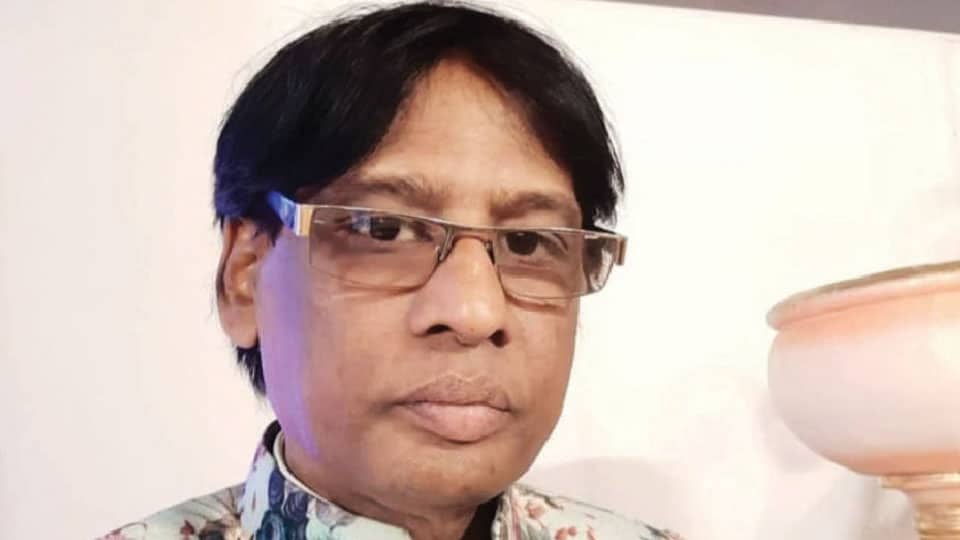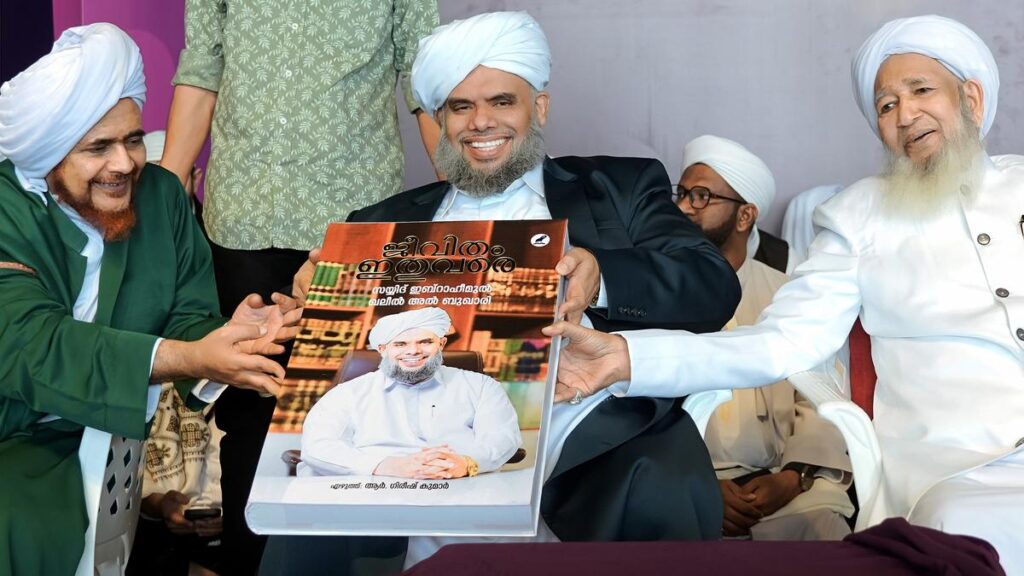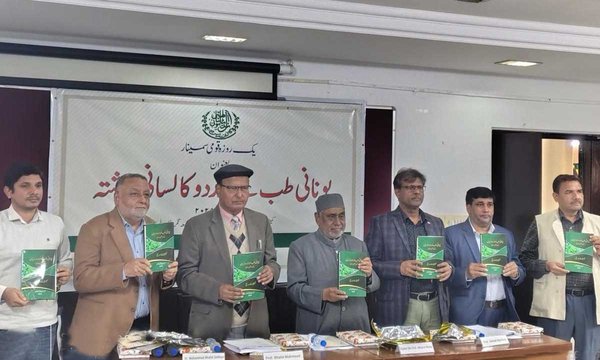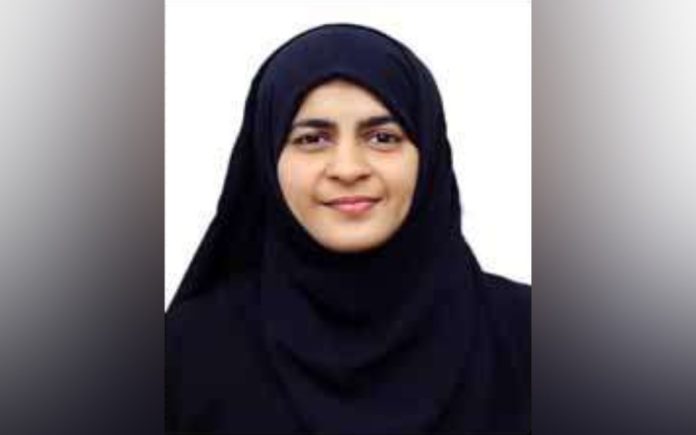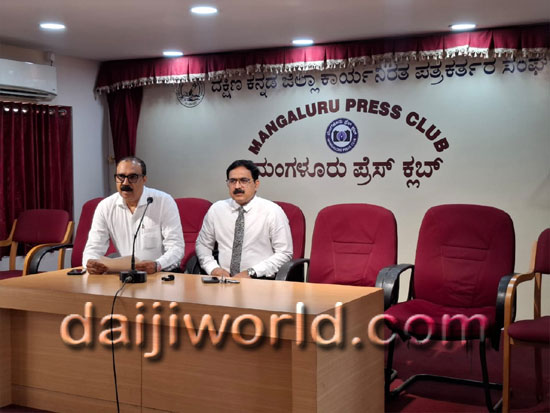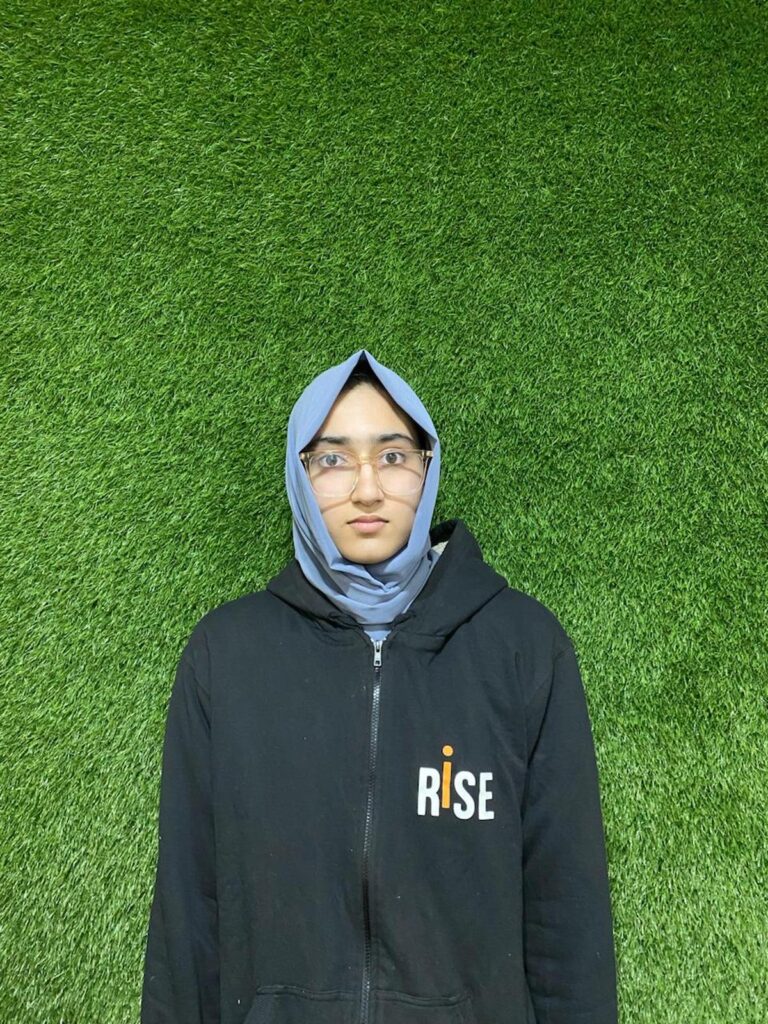Kolkata, WEST BENGAL :
Ustad Waseem Ahmed Khan on maintaining his gharana’s parampara and his views on music.
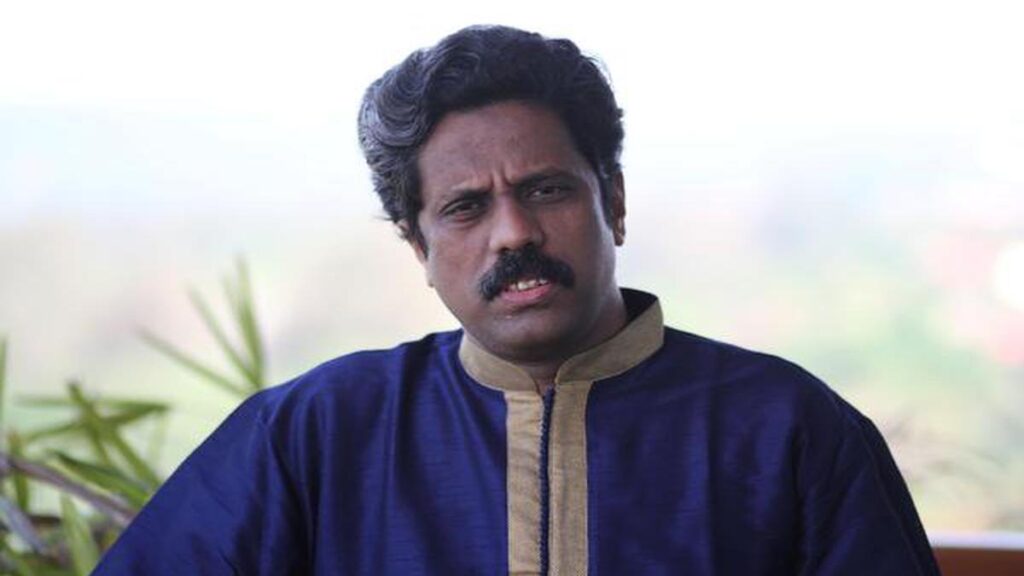
Ustad Waseem Ahmed Khan
The illustrious Agra gharana of Hindustani classical music has had distinguished exponents and teachers who have imparted this school of music to countless disciples over the centuries. Ustad Waseem Ahmed Khan is a prominent vocalist of this gharana.
Born in 1974, Waseem Khan is the grandson of Ustad Basheer Khan from his father’s side and of Ustad Ata Hussain Khan from his mother’s side. He has thus inherited the rich repertoire of both the khandans . He took his initial taleem (education) from Ata Hussain Khan at the age of six. Thereafter, he learnt from his father, Ustad Naseem Ahmed Khan.
Waseem’s debut performance was at the age of 10. In July 1999, he became a scholar of ITC Sangeet Research Academy ( ITC – SRA) under erstwhile guru Ustad Shafi Ahmed Khan. He left the academy in April 2003 as an A-grade scholar. Since then he has performed at various venues all over the world, sharing the stage with maestros. He taught for five years as a senior faculty member of Shakhri Begum Memorial Trust, an academy run by Ustad Rashid Khan and is currently assisting with ITC-SRA projects. He is also a regular performer for All India Radio.
Waseem, based in Kolkata, will give his first ever concert in Kerala at the Kerala Sangeeta Nataka Akademi Hall, Thrissur, on September 21 at 5 pm. Prior to the concert, Waseem spoke to Friday Review on his gharana, Indian classical music and more. Excerpts from an e-mail interview.
What are the defining features of the Agra gharana?
The voice production is distinctive; the voice throw is open-throated. The other distinctive features are nom-tom alaap (the rhythmic section where the raga develops with a steady pulse employing syllables such as non-tom but without the binding of tala). The method of presenting a bandish (fixed, melodic composition) is also distinctive of this gharana. We break the bandish into many parts. For example, if there is an interesting line in the antara, we use this line for bol tan (rhythmic pattern of notes which uses the words of the bandish), bol bandh, bol vistar and so on. We are not supposed to create an artificial voice but rather polish the one gifted by God.
Is there an amalgamation of features of various gharanas in the Hindustani music we hear today?
Yes. It is healthy as long as one is able to express one’s identity clearly. Every gharana has its own beautiful features. Artistes of the past also adapted the features of other gharanas and enriched their music. They, however, retained a stamp of their gharana, which could be identified by the opening ‘sa’.
Being part of an ancient and reputed gharana, what are your responsibilities? Do you have another generation to take on the mantle?
It is a huge responsibility. But I feel proud too. I consider it is my duty to carry on this tradition and, if possible, enrich it. The most important aspect is to pass on this legacy to the next generation. My young daughter has started learning it and I’m also teaching students at the ITC-SRA Kolkata apart from my own students. The Agra gharana, today, has a lot of good artistes making their mark in the world of music.
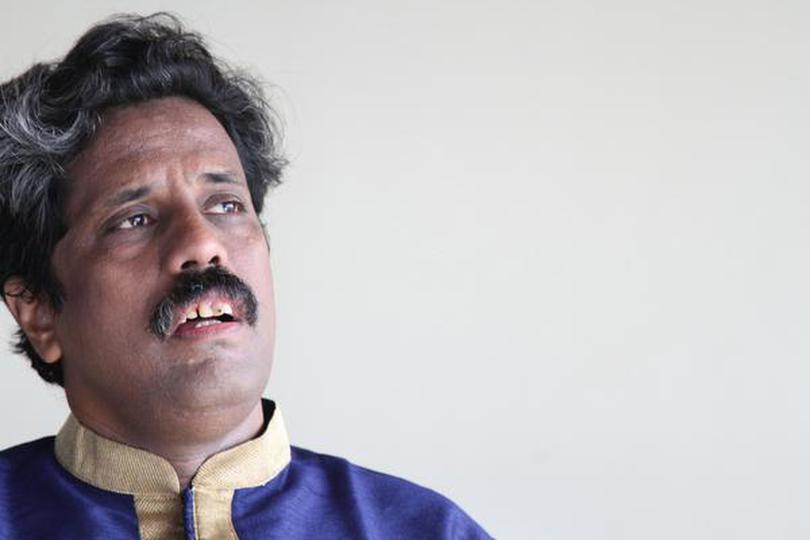
Ustad Waseem Ahmed Khan
What is your opinion about lighter forms of classical music such as thumri, dadra…?
It is beautiful to sing the light forms also. Old masters of our gharana like Ustad Faiyaz Khan Sahib, for instance, used to sing the thumri and the dadra. I sing these in almost all my concerts. It is nice to switch to a relaxed mood after a heavy khayal.
Is there a link between spirituality and Indian classical music?
Definitely! Music without spirituality is meaningless. Our bandishes address gods irrespective of religion, requesting their mercy for the well-being of this world.
How do you decide which raga to sing at a concert?
The time of the concert plays an important role. Each raga is associated with a specific time. We follow that strictly. But this can be modified depending on the weather and the mood of the concert. For example, Malhar is a night raga. But we may choose it intuitively during a concert held in the day if it is raining outside. We do it because we feel that it will suit the mood and the effect is usually amazing. During festivals like Durga Puja or Basant Panchami, we render ragas like Gouri, Durga or Basant accordingly. And if it is a concert series, we render it according to the raga rendered earlier.
How much does an audience affect your performance?
Like any musician, I love to sing before a huge audience. But there should at least be a handful of good listeners whose presence should motivate me to sing wholeheartedly. In the past, music was confined to a few, now it is accessible to millions across the globe. The gharanas are flourishing, Dhrupad and khayal are intact, there are gurus and shishyas, and there is innovation.
Do you think that the classical music scene is strong and prosperous?
I don’t think there is any threat to good music. Earlier, maharajas were the promoters of classical music. Now we have corporates and organisations in that place. I can say that ITC is a classic example. Then there are organisations like SPICMACAY and NCPA that have also done their bit to carry forward this great tradition.
How relevant is Indian classical music in the modern world?
It is relevant in the modern world. When I see young boys in half-pants touching my feet and learning classical music seriously, I feel it is because they feel it is pertinent. And in the West, the young generation has taken it up enthusiastically.
If you were asked to pick a memorable concert, which would you choose and why?
That’s a tough one. There are so many, like the one in New York recently where the listeners asked me to sing only khayals with elaborate nom tom alaap and not even thumri or dadra. I was surprised. I’m looking forward to the concert series here where I’m sure I will be in the company of avid listeners.
Is the guru-shishya parampara still existent? And what is the best way of doing riyaaz (practice)?
I teach my students the same way I learned from my gurus. But it was tough then, as the gurus were task masters. In the case of riyaaz, my advice would be to do ‘Kharaj Riyaaz’(practice of holding notes on the lower octave, where every single sur is used with full breath) in the morning. It is extremely important for improving one’s voice culture.
If not a professional musician, what career would you have chosen?
I would have been a cricket player, perhaps. I was passionate about the game and played it during my college days. I admire Sourav Ganguly, I’m a great fan of his.
source: http://www.thehindu.com / The Hindu / Home> Entertainment> Music / by K Pradeep / September 19th, 2019
